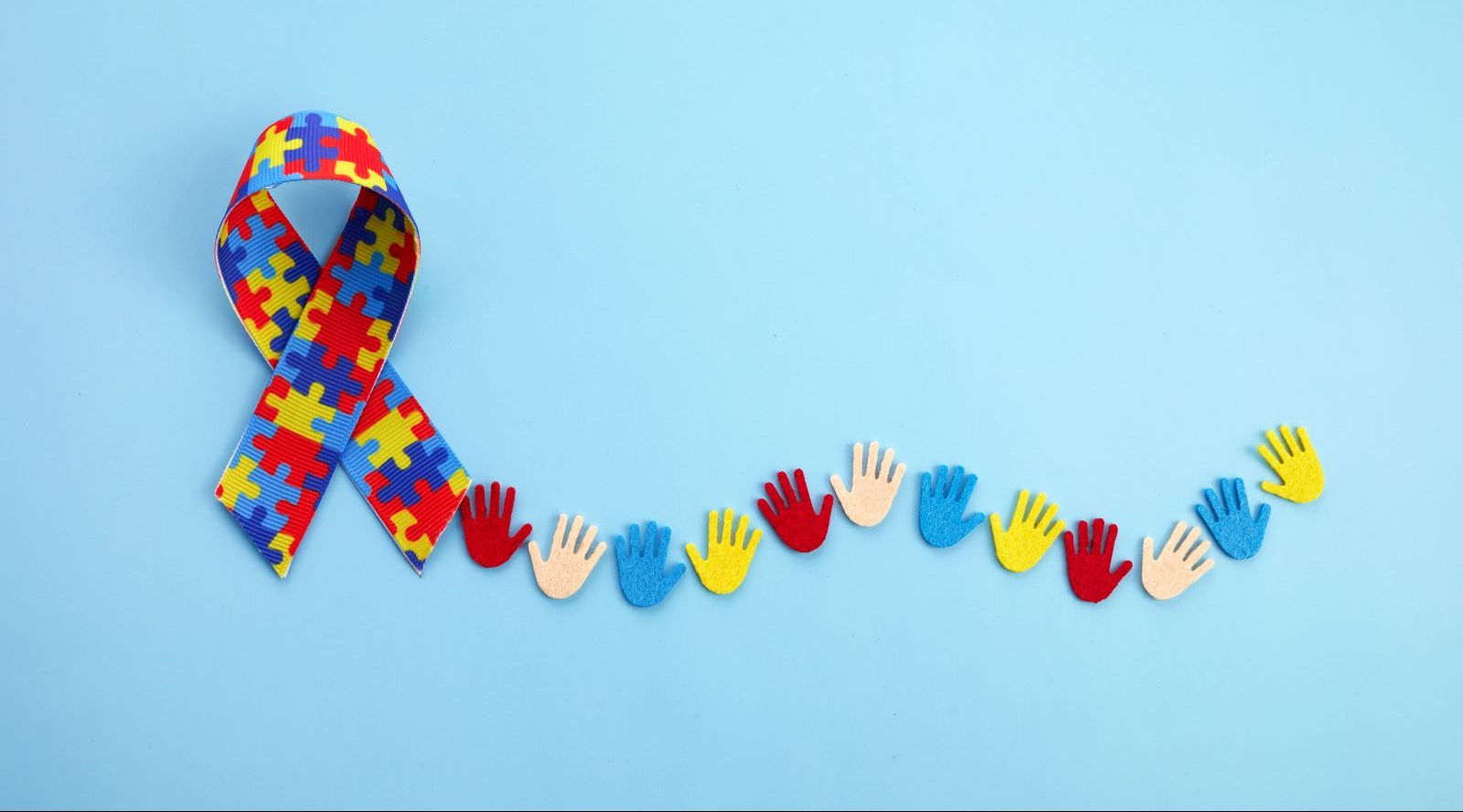Resolving Typical Myths: What You Need To Find Out About Autism Today
Discovering Autism: Methods for Effective Interaction and Interaction
Efficient interaction and communication with people on the autism range require a detailed understanding of their one-of-a-kind requirements and preferences. The complexities of these techniques reveal further considerations that merit exploration, specifically in how they can be adjusted to individual experiences and varied contexts.
Comprehending Autism Range Condition
Autism Range Disorder (ASD) incorporates a series of neurodevelopmental conditions identified by challenges in social communication, communication, and repeated actions. The term "spectrum" mirrors the diverse indications and varying levels of severity experienced by individuals with ASD. While some might exhibit substantial disabilities, others might display high-functioning attributes, permitting higher freedom in day-to-day live.
The start of ASD commonly happens in very early childhood years, with signs commonly well-known by age 2. Very early indicators might consist of delayed speech development, restricted eye call, and difficulties in recognizing social cues. Although the accurate etiology of ASD stays vague, research suggests a combination of hereditary and environmental factors plays a crucial role in its advancement.
As a result, treatments and support tailored to private needs are essential for cultivating interaction and social skills. Recognizing the intricacy of ASD is important for advertising understanding, acceptance, and efficient techniques that promote significant interactions with people on the spectrum.

Value of Clear Communication
Effective communication is vital for cultivating understanding and link, particularly for individuals with Autism Range Disorder (ASD) Clear communication not only facilitates social communications yet likewise boosts the individual's capacity to express their feelings, ideas, and needs. For people with ASD, the nuances of language can commonly be challenging; as a result, using unambiguous and simple language is vital.
Furthermore, clear communication assists reduce aggravation and anxiety that might occur from misunderstandings. When messages are communicated in a regular and straight fashion, individuals with ASD are better outfitted to analyze information precisely, which can significantly improve their social involvement and engagement in various settings.
Establishing regimens and using visual assistances can additionally strengthen clear interaction. These techniques provide individuals with predictable structures that help comprehension and retention of details. Furthermore, actively being and paying attention client throughout communications promotes a helpful environment where people with ASD feel valued and recognized.
Ultimately, prioritizing clear interaction not only empowers individuals with ASD but likewise cultivates more significant connections with their peers, caregivers, and the broader community, paving the way for inclusive communications and collaborative partnerships. - autism
Non-Verbal Communication Methods
Communication extends past words, and for people with Autism Spectrum Disorder (ASD), non-verbal signs play a considerable duty in communications. Non-verbal interaction strategies can consist of faces, motions, body movement, and eye contact, all of which function as important components for communicating purposes and emotions.
Recognizing and interpreting these non-verbal signals can enhance communications with individuals with ASD. A cozy smile or open pose can develop a welcoming ambience, urging interaction. Similarly, making use of visual aids-- such as image cards or icons-- can connect communication gaps and aid share messages better.
It is additionally vital to be mindful of personal area, as individuals with ASD might have different comfort levels concerning closeness. Observing their responses to physical distance can notify ideal adjustments.

Producing Helpful Environments
Creating a supportive atmosphere is critical for fostering favorable interactions and improving the health of individuals with Autism Spectrum Disorder (ASD) Such atmospheres can dramatically minimize stress and anxiety and create a feeling of safety and security, permitting people to express themselves a lot more freely.
To achieve this, it is important to consider sensory sensitivities that people with ASD might experience. Modifying the physical area to include soft illumination, very little background sound, and comfy seats can develop a relaxing ambience. In addition, using constant routines and clear visual routines can assist people expect shifts and reduce uncertainty, additional promoting comfort.
Social spaces ought to be structured to minimize frustrating stimuli while giving possibilities for interaction in preferred activities. Assisting in areas designated for silent time can likewise work as a haven throughout moments of stress and anxiety. Notably, integrating aspects of choice equips individuals, enabling them to exercise company in their environment.

Urging Social Interactions
Cultivating social interactions amongst individuals with Autism Spectrum Problem (ASD) calls for deliberate strategies that focus on convenience and interaction. Developing predictable routines can assist decrease anxiousness, making social settings a lot more friendly. Developing structured atmospheres with specified duties and duties allows people to involve without the overwhelming pressure of unstructured social dynamics.
Incorporating interests and toughness right into social tasks can act as a catalyst for interaction. For instance, arranging group tasks around shared pastimes or subjects of attraction can facilitate all-natural discussions and links. Additionally, utilizing aesthetic assistances, such as pictorial timetables or social manuscripts, can help in recognizing social cues and assumptions.
Modeling ideal social habits is vital - autism. Peers and adults should show effective communication strategies, including energetic listening and turn-taking. Role-playing circumstances can likewise provide a safe area for individuals to practice these skills
Finally, fostering peer relationships via inclusive practices is necessary. Urging comprehensive playdates or group outings can create chances for socializing in a comfortable setup. By applying these methods, caretakers and teachers can dramatically improve social interactions for individuals with ASD, promoting their overall social development and wellness.
Conclusion
In verdict, reliable communication and communication approaches are important for sustaining people with Autism Spectrum Disorder. Inevitably, these strategies empower individuals with autism to browse social landscapes, advertising their general well-being and allowing the growth of long lasting partnerships.
Reliable interaction and communication with people on the autism spectrum require a thorough understanding of their unique needs and choices. Clear communication not only facilitates social interactions but additionally improves the person's capacity to express their feelings, thoughts, and needs.Promoting check social interactions amongst people with Autism Spectrum Disorder (ASD) needs willful strategies that focus on convenience and involvement. By applying these educators, strategies and caretakers can considerably improve social communications for people with ASD, promoting their overall social development and health.
In conclusion, efficient resource interaction and interaction approaches are necessary for supporting people with Autism Spectrum Condition.